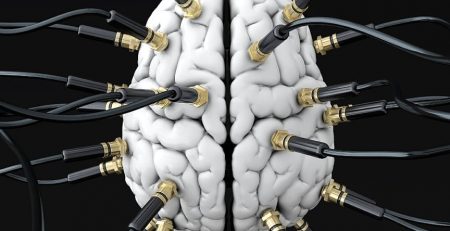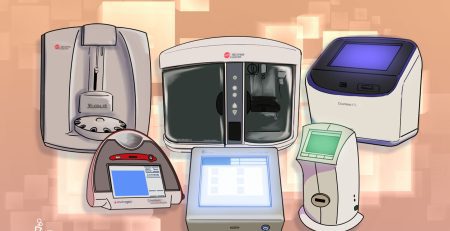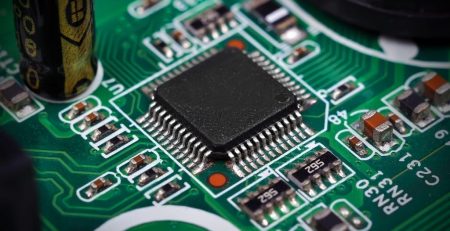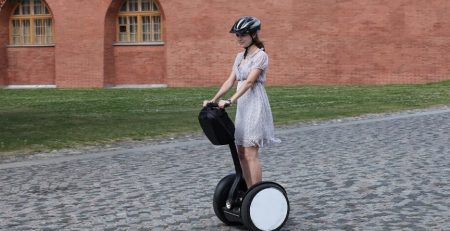Computers Can Learn Like Humans Thanks to New Algorithim
Developments in the field of artificial intelligence are as numerous as they are hotly debated. An article recently published in Science outlines how a group of scientists developed a new program that “can learn a concept from a single example, showing for the first time that it’s possible for a machine to learn like humans do,” according to iflscience.com.
Typically, when machines are learning new algorithms, tens or hundreds of examples are required before it can perform with the accuracy of a human. This is because humans have a backlog of learned concepts that allow them to generalize what they are tasked with learning. This new program approach, Bayesian Program Learning (B.P.L.), is able to “learn to recognize handwritten characters are ‘seeing’ only a few or even a single example,” according to the New York Times.
The team of researchers from the Massachusetts Institute of Technology, New York University, and the University of Toronto compared the capabilities of their approach with that of humans using a visual Turing test. The computer and humans were tasked to either reproduce characters after seeing a single example, or to invent a new character. Human judges were then employed to determine if the output was produced by a computer or a person. Less than 25% of the judges performed better than random chance in distinguishing between human and computer work.
“The algorithm only works for handwritten character currently, but we believe the broader approach based on probabilistic program induction can lead to progress in speed recognition and object recognition but will take more time to get representation right in these domanins,” said Dr. Brendan Lake of New York University. “Our work shows the power of studying human learning and the power of probabilistic programs for building smarter and more human-like learning algorithms.”














